The Sea Haven Community in Marina, California
AASL Column, January 2022
Lucy Campbell and Barbara Opar, column editors
Column by Michelle Amirkhanian, MSLIS/AASL Member
Research is both a skill and an interest of those of us with Library Science/Information Studies degrees. We are happy to share below the work of one of our members as she shares insights and photographs of her home community.
This column addresses new large- scale homes created for families to enjoy. It discusses Levittown versus a 21st century vision. Labor, supplies, creativity, skills, incredible logistics, and process management are part of the package that is Sea Haven.
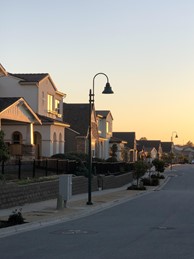
What constitutes building a residential housing community? What are the essential elements that ensure a solid foundation? How does the vision ensure the community’s growth? With all of these concerns aligned and addressed I would attest that I am witnessing such a project. The community development project I am referencing in this article is called Sea Haven in Marina, California. My first impression upon moving into the development was surprise at the efficiency in how homes were being built.

The machinery is stored at the end of the day. Progress is made without interruption as new houses rise up each workday. Rows lined with new homes continue to grow, each built with quality and consideration of community requirements. The homes are beautiful, large scale, and made for families with varying dynamics.
In some ways, Sea Haven bears a strong resemblance to the post-war model suburban housing developments known as Levittowns. In 1950s America housing was in high demand, and it is once again in contemporary California, where rent rates and cost of living have always been elevated. The COVID-19 pandemic motivated many to escape urban centers, serving to increase housing demand throughout California’s Central Coast. Rental costs have become atrocious. In my role as a public librarian in the Monterey Peninsula, I have heard this tale of woe many times from patrons.
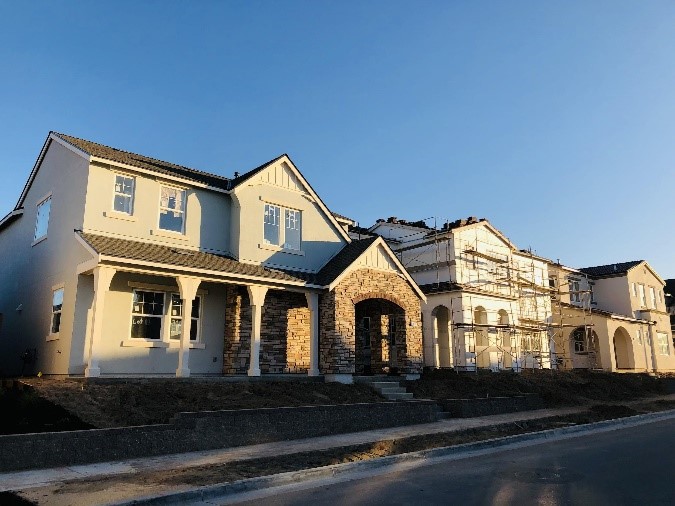
However, in some ways Levittowns were very different. Named after the two brothers who envisioned ingenious mass building of affordable homes in Pennsylvania, the first Levittown was intended for soldiers could not afford homes for their young families. These developments are are still thriving today. However, people of African American descent were excluded from the right to buy Levittown homes. Sea Haven is different in that it is made up of modern family lifestyles. Families with diverse ethnicities and family dynamics reside here and can enjoy these beautiful Spanish and Mediterranean style homes, cottage style residences, and condominiums. A lot of stucco, tiles, European touches, alleyways, a recreation hall, and landscaping with olive trees and grapevines are part of the total design concept. There are parks and beautiful trees. The environment is promoted as it should be. The ocean is just down the street, bike paths are everywhere, and the mountains can be seen on the horizon. The air is clean, and the highway and shopping centers are at your fingertips.
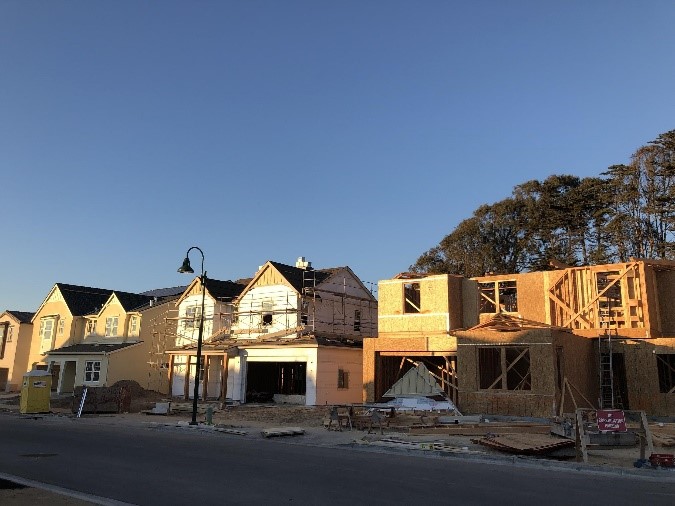
The mass production’s process management is impeccable. As I witness every day, the community is growing. Homes rise from the ground as if a seed is planted and watered without anyone tending to it. It grows beautifully. Like clockwork the builders are up before 6 am and finished late in the evening. Each night they pack up their neatly parked tractors and head to their allotted workspace or home. Contractors do not veer from the days plan of action. It is a marvel for the senses; an operation like no other that I have ever had the pleasure to witness.
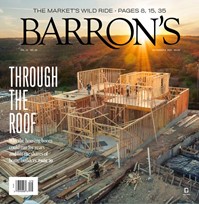
In fact, the mass housing production boom, according to Barron’s December 2021 issue, says, and I paraphrase that it will be in perpetuity for the next 10 years.
Central California’s Monterey Peninsula is running out of lots to be built in Carmel, Marina is expanding beyond, Sea Haven, East Garrison overtaking more of Fort Ord’s property. Incidentally, Fort Ord is a pride of Monterey Peninsula, a park for families to visit, and a historical fact and home identity for Monterey Peninsula. The homes being built are multiplying exponentially. This will take time, of course, yet, I see more and more companies of tractors, contractors, equipment trucks, supplies, labor, skills, and a visionaries with similar aspirations and that is to build luxury, yet, affordable homes for the new modern family.
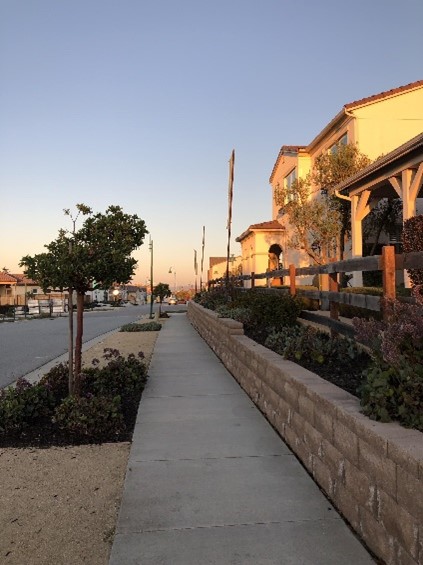
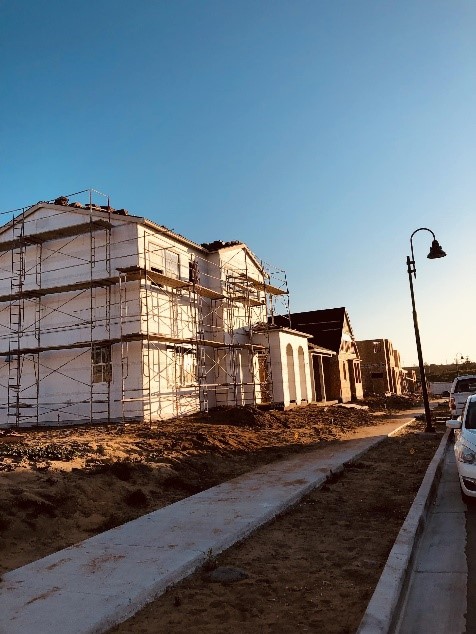
The funny part about Sea Haven is that it is built on sand. Why do so many invest in homes built on sand? Well, in fact, numerous other communities are built on sand. Perhaps, the confidence in this sort of bizarre conviction of a strong foundation originates from the fact that the area in Marina, California where Sea Haven is built was once Fort Ord. Vietnam soldiers trained here, and over the years 1.5 million soldiers have trained at Fort Ord, a recently recognized historical military base. This provides another close tie between Levittown and Sea Haven. Today’s mass housing is built where once soldiers trained for war, connecting us to the past. Let home be peace on earth.
Questions
Madlyn Creef
Membership and Marketing Coordinator
202-785-2324
mcreef@acsa-arch.org

 Study Architecture
Study Architecture  ProPEL
ProPEL 